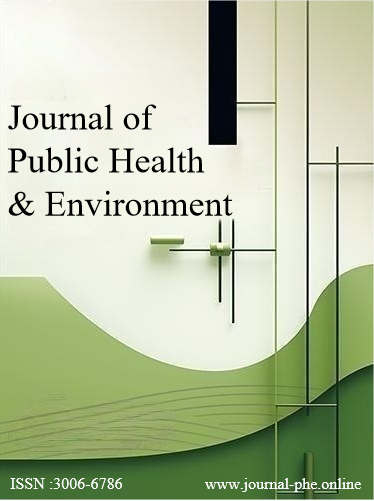 An open access journal
An open access journal
The Effectiveness of Cognitive Behavioral Therapy (CBT) for Social Anxiety Disorder in Adolescents: A Meta-Analysis of Randomized Controlled Trials
Abstract
Cognitive Behavioral Therapy (CBT) has been widely recognized as the first-line treatment for Social Anxiety Disorder (SAD) in adolescents. This meta-analysis of randomized controlled trials (RCTs) evaluates the efficacy of CBT in reducing social anxiety symptoms and improving overall functioning in adolescents. Through a comprehensive review of the literature, the meta-analysis synthesizes effect sizes from RCTs assessing the effectiveness of CBT compared to control conditions (e.g., waitlist, supportive therapy) in targeting core symptoms of SAD, including fear of negative evaluation, avoidance behaviors, and social functioning. Additionally, it examines potential moderators of treatment outcomes, such as intervention duration, format (individual vs. group), therapist involvement, and participant characteristics (e.g., age, severity of symptoms), to better understand the factors influencing the effectiveness of CBT for SAD in adolescents.
Share and Cite
Article Metrics
References
- Ginsburg, G. S., et al. (2011). Social anxiety in children with anxiety disorders: Results from a controlled trial. Journal of the American Academy of Child & Adolescent Psychiatry, 50(12), 1205-1214.
- Masia Warner, C., et al. (2016). School-based intervention for adolescents with social anxiety disorder: Results of a controlled study. Journal of Abnormal Child Psychology, 44(7), 1399-1410.
- Spence, S. H., et al. (2000). Social skills training with children and young people: Theory, evidence and practice. Child and Adolescent Mental Health, 5(3), 98-106.
- Beidel, D. C., et al. (2007). Social effectiveness therapy for children: Five years later. Behavior Therapy, 38(2), 129-139.
- Kendall, P. C., et al. (1997). Cognitive-behavioral interventions with young anxious children. Journal of Consulting and Clinical Psychology, 65(5), 883-888.
- Silverman, W. K., et al. (2009). Evidence-based psychosocial treatments for phobic and anxiety disorders in children and adolescents. Journal of Clinical Child & Adolescent Psychology, 38(1), 102-126.





